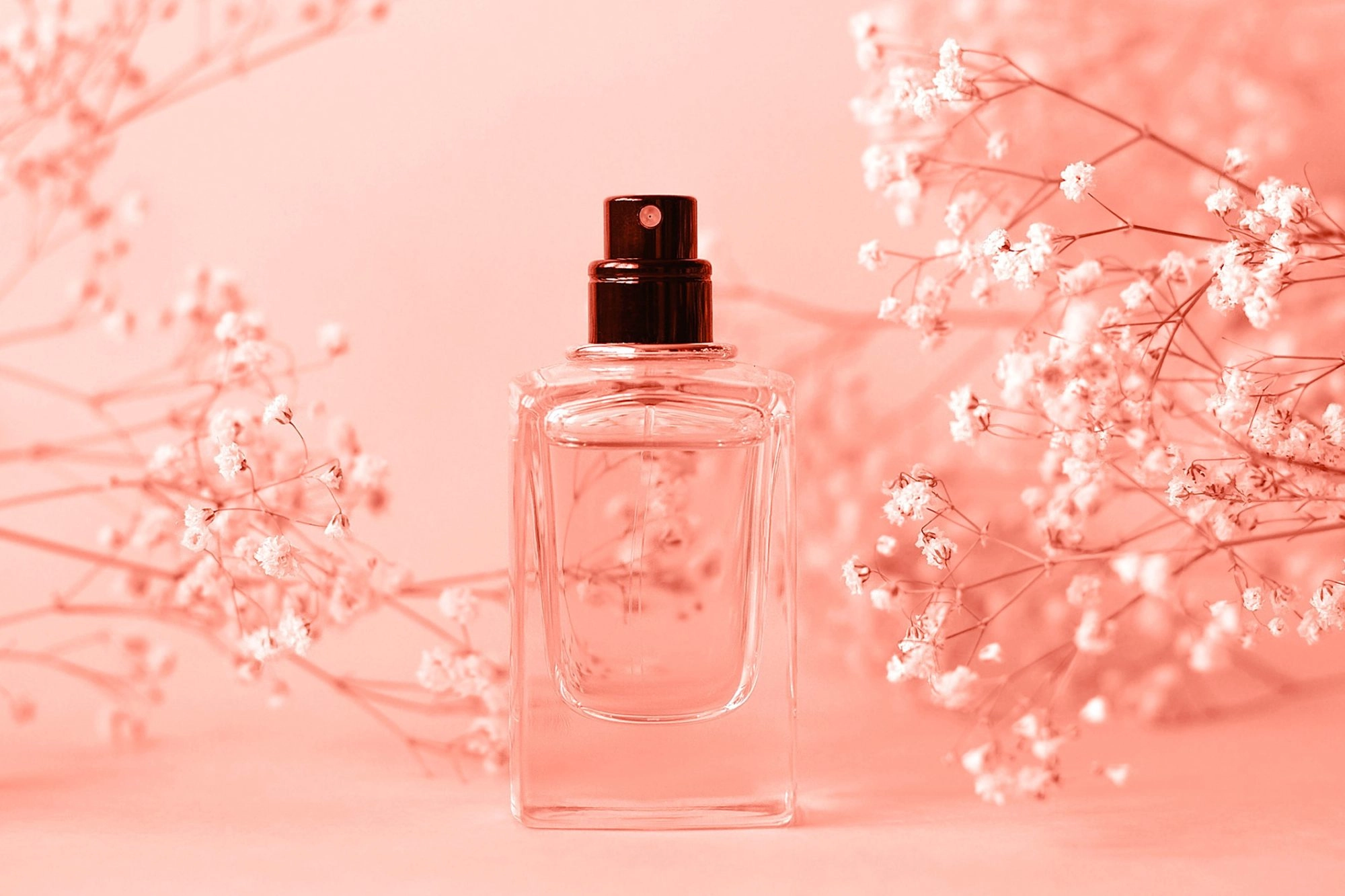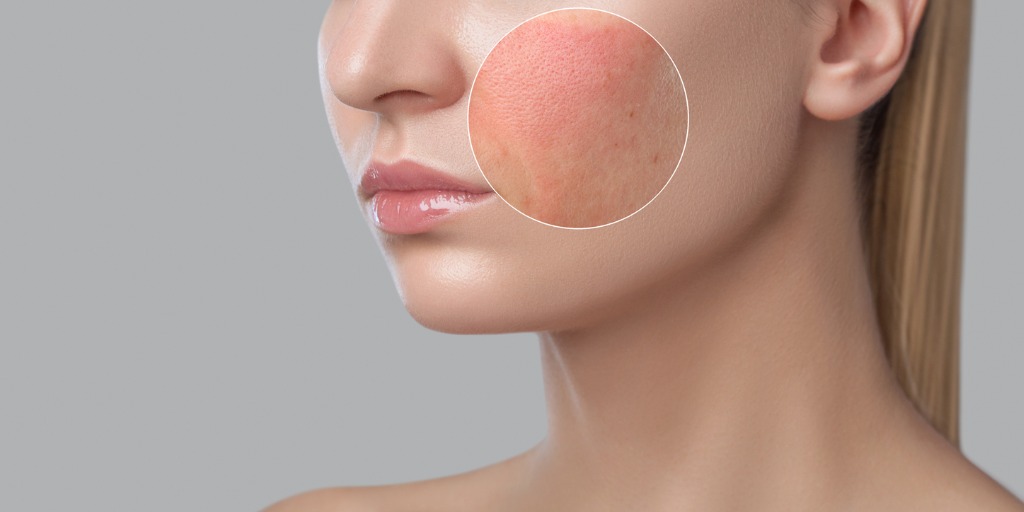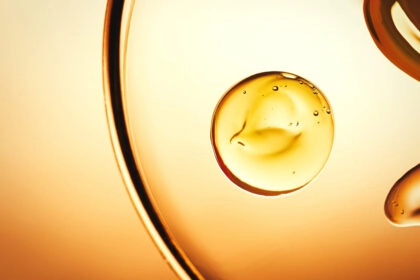How do I declare allergens from a cosmetic product?
In Europe, when a cosmetic product contains certain allergens, listed by Cosmetic Regulation their labeling is mandatory above a defined threshold to inform consumers who are allergic to them. Traditionally called fragrance allergens, they can nevertheless be brought by other ingredients.

What are the notifiable allergens?
Although allergy is a very individual phenomenon, some substances are identified as more allergenic than others, due to their structure. These allergens are often found among perfume substances: the CSSC (Scientific Committee for Consumer Safety) estimates that 1 to 3% of the European population is allergic to one or more fragrance ingredients.

Even if an allergy is an individual phenomenon, some substances are known to trigger more allergies than others, because of their structure. These allergens are often found amongst fragrance ingredients: the SCCS (Scientific Committee on Consumer Safety) estimates that 1 to 3 % of the European population are allergic to one or more fragrance ingredients.
The European Cosmetic Regulation allows the fragrance composition to be mentioned in the list of ingredients under the term “perfume” or “aroma” and not to detail its complete composition. This provision protects the intellectual property of perfume houses, and land makes the ingredient list easier to read. However, consumers allergic to substances contained in the perfume cannot identify cosmetic products on containers. For this reason, Regulation enforces the labeling of 26 of the most well-known allergens above a certain threshold in the finished product:
– 0.001% (10 ppm) for unrinsed products.
– 0.01% (100 ppm) for rinsed products.
The list of allergens is not given as is in the text of the Regulations, as these substances are listed in Annex III. However, it is recommended to know them, to be able to assess their presence in the finished product (see the table below).
NB: Hydroxyisohexyl 3-cyclohexene carboxaldehyde is banned in products released on the market since August 23, 2019 and will be permanently banned in all products in August 23, 2021.
Assess the presence of notifiable allergens in a cosmetic product
European regulations are not the only ones to regulate perfume allergens. Indeed, with the publication of the 49th Amendment of the IFRA (International Fragrance Association), the 26 substances are now listed in the corresponding IFRA standard. Their use is thus restricted, depending on the categories of products concerned, because of their potential for awareness (induction of an allergy). The company that produces the fragrance composition must therefore provide, in addition to the IFRA Certificate of Compliance, a document explaining the quantity of each allergen (if present) in the mixture. It will then be up to the manufacturer to calculate the allergen intake of the perfume in the finished product according to the concentration used.
Although perfume allergens are the main source of notifiable allergens, other ingredients in the formula can also increase their levels in the finished product. The majority of these are naturally present in plant ingredients, especially in essential oils. This may lead to a finished product where allergens exceed the mandatory threshold due to the natural ingredients, whereas the amount from the fragrance concentrate does not. That’s why it’s essential to control the composition of raw materials (i.e. their content in allergens).
This management of allergens is facilitated by the use of formulation software, which aggregates the data of raw materials and the fragrance composition (provided that the raw material data is properly implemented). Warning: the absence of a fragrance composition does not exclude the presence of allergens if the formula contains natural ingredients.
Adapting labeling
When the presence of notifiable allergens is above the threshold in the finished product, they have to be mentioned in the ingredient list. They are usually indicated at the end of the list, according to the INCI nomenclature. This statement is intended to inform allergic consumers of the presence of allergens so that they can avoid these products.
To establish reporting thresholds, the European Commission has estimated that most consumers with allergic reactions should tolerate products containing these allergens below these thresholds. However, allergic reactions can’t be excluded from the most sensitive people. It’s not possible to define a general exposure threshold safe for every consumer, even the most sensitive ones.
Conclusion
The labeling of the allergens listed by the European Cosmetic Regulation (CE) n°1223/2009 aims to protect allergic consumers. If these allergens exceed the regulatory thresholds, their presence is indicated at the end of the ingredient list. If this allergens list is currently limited to 26 allergens, a consultation conducted by the European Commission could lead to the addition of 62 substances. It is therefore essential to maintain proper labeling in case of evolution.
EU fragrance allergens list
| Substance | CAS number | Origin |
|---|---|---|
| Alpha-Isomethyl ionone | 127-51-5 | Synthetic |
| Amyl cinnamal | 122-40-7 | Synthetic |
| Amylcinnamyl alcohol | 101-85-9 | Synthetic |
| Anise alcohol | 105-13-5 | Synthetic / natural |
| Benzyl alcohol | 100-51-6 | Synthetic / natural |
| Benzyl benzoate | 120-51-4 | Synthetic / natural |
| Benzyl cinnamate | 103-41-3 | Synthetic / natural |
| Benzyl salicylate | 118-58-1 | Synthetic |
| Butylphenyl methylpropional | 80-54-6 | Synthetic / natural |
| Cinnamal | 104-55-2 | Synthetic / natural |
| Cinnamyl alcohol | 104-54-1 | Synthetic / natural |
| Citral | 5392-40-5 | Synthetic / natural |
| Citronellol | 106-22-9 | Synthetic / natural |
| Coumarin | 91-64-5 | Synthetic / natural |
| Eugenol | 97-53-0 | Synthetic / natural |
| Farnesol | 4602-84-0 | Synthetic / natural |
| Geraniol | 106-24-1 | Synthetic / natural |
| Hexyl cinnamal | 101-86-0 | Synthetic |
| Hydroxycitronellal | 107-75-5 | Synthetic |
| Hydroxyisohexyl 3-cyclohexene carboxaldehyde | 31906-04-4 | Synthetic |
| Isoeugenol | 97-54-1 | Synthetic / natural |
| Limonene | 5989-27-5 | Synthetic / natural |
| Linalool | 78-70-6 | Synthetic / natural |
| Methyl 2-octinoate | 111-12-6 | Synthetic |
| Evernia prunastri | 90028-68-5 | Natural |
| Evernia furfuracea | 90028-67-4 | Natural |
More resources you might like





